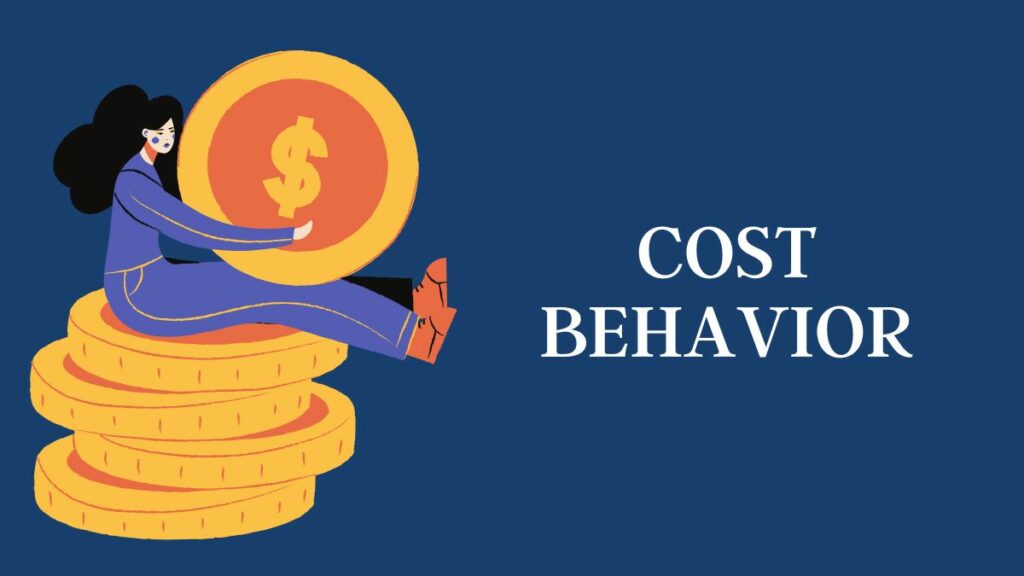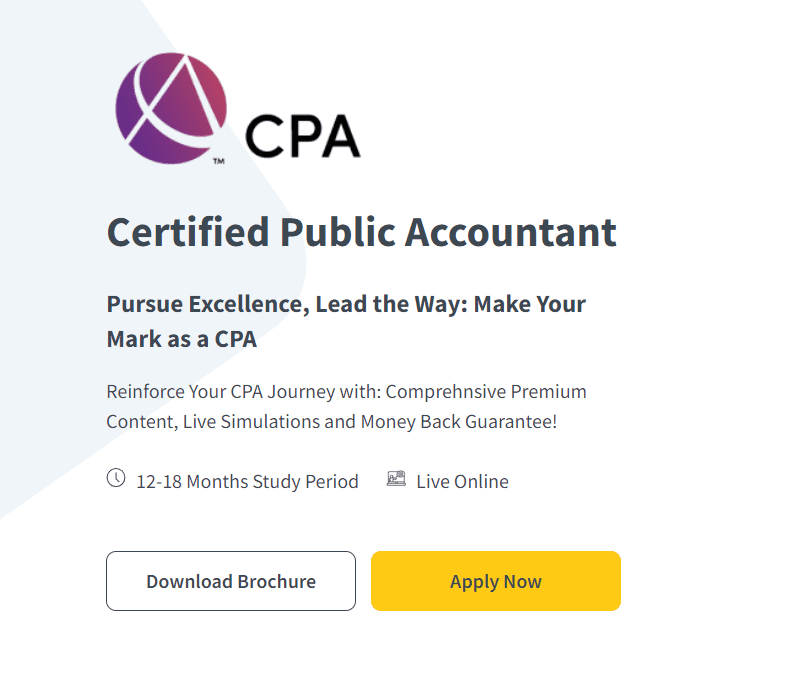Last updated on March 2nd, 2025 at 06:46 am
Understanding cost behavior is essential in the financial management of a business. As a matter of fact, it has an immense influence on the strategic decisions made by organisations. We can help businesses make informed choices about pricing, production, and resource allocation by recognising how costs change in response to changes in activity levels.
The 5 Main Types of Costs
Let us first learn about the various types of costs in business.
Fixed Costs
Fixed costs remain constant within a relevant range of activity. They are not directly influenced by changes in production or sales volume. Examples of fixed costs include rent, salaries of top management, and property taxes.
Variable Costs
Variable costs fluctuate directly with changes in activity levels. As production or sales volume increases, so do variable costs. Examples of variable costs include direct materials, direct labour, and sales commissions.
Mixed Costs
Mixed costs, also known as semivariable costs, have both fixed and variable components. A portion of the cost remains constant, while another portion varies with activity. Examples of mixed costs include utilities, telephone expenses, and maintenance costs.
Step Costs
Step costs remain constant within a specific range of activity but change abruptly at certain points. They are similar to fixed costs within a range but may increase or decrease in steps as activity levels change. An example of a step cost is the salary of a supervisor who is hired to oversee a certain number of employees.
Relevant Range
The relevant range is the range of activity within which assumptions about cost behavior are valid. It is important to note that cost behavior may change outside of the relevant range. For example, a fixed cost may become variable at very high activity levels.
Analysing Cost behavior
Here are three methods that we can use for cost behavior analysis:
- High-Low Method: This method involves selecting the highest and lowest activity levels and comparing their corresponding total costs to calculate the variable cost per unit. The fixed cost can then be determined by subtracting the variable cost from the total cost at either the highest or lowest activity level.
- Scattergraph Method: This method involves plotting total costs against activity levels on a graph. A line of best fit is then drawn through the data points to estimate the variable cost per unit and the fixed cost.
- Least Squares Regression: This statistical method provides a more precise estimate of the variable cost per unit and the fixed cost by minimising the sum of the squared deviations between the actual costs and the estimated costs.
The Impact of Cost Behavior on Business Strategy
Understanding cost behavior is crucial for developing effective business strategies. By analysing cost structures, businesses can identify areas for cost reduction, improve profitability, and make informed decisions about product pricing, production levels, and resource allocation.
For example, businesses with a high proportion of fixed costs may need to maintain a high level of activity to achieve economies of scale and reduce average costs. On the other hand, businesses with high variable costs may need to focus on pricing strategies that allow them to absorb fluctuations in costs and maintain profitability.
Cost behavior can also influence a company's competitive strategy. Businesses with a cost advantage, often achieved through efficient operations and lower costs, can compete on price and attract customers seeking value. Conversely, businesses with a differentiation strategy may focus on offering unique products or services that justify higher prices.
The impact of costs on decision making of a business is enormous in these areas of a business:
Pricing: Knowing the variable cost per unit helps determine the minimum selling price to cover costs and contribute to profit.
Production Planning: By understanding fixed and variable costs, businesses can make informed decisions about production levels and capacity utilisation.
Cost-Volume-Profit (CVP) Analysis: CVP analysis uses cost behavior information to determine the break-even point, margin of safety, and target profit levels.
Budgeting: Accurate cost behavior information is essential for developing realistic budgets and forecasting future costs.
Advanced Techniques for Cost Analysis
In addition to the basic methods discussed earlier, there are several advanced techniques that can be used to analyse cost behavior:
- Activity-Based Costing (ABC): ABC is a more sophisticated method that allocates costs to products or services based on the activities that consume resources. This can provide a more accurate understanding of product profitability and help identify areas for cost reduction.
- Target Costing: Target costing is a method used to determine the maximum cost that a product or service can have to achieve a desired profit margin. This can help businesses identify areas where costs need to be reduced to meet target profit goals.
- Life Cycle Costing: This costing takes the total cost of a product or service over its entire life cycle into consideration, including research and development, production, distribution, and end-of-life costs. This can help businesses make informed decisions about product design and pricing.
Wrapping Up
Understanding cost behavior is essential for effective business decision-making. By recognising the different types of costs and analysing how they change in response to activity levels, businesses can make informed choices about pricing, production, and resource allocation.
By mastering the concepts of fixed, variable, mixed, and step costs, and by using appropriate analysis methods, businesses can gain valuable insights into their cost structure and develop strategies to optimise their operations.
If you wish to become an ACCA, enrol in our Association of Chartered Certified Accountants, UK course.
Frequently Asked Questions
What is the difference between fixed vs. variable costs?
Fixed costs remain constant within a relevant range of activity, while variable costs fluctuate directly with changes in activity levels.
How can I identify mixed costs?
Mixed costs have both fixed and variable components. You can use the high-low method or least squares regression to separate the fixed and variable portions of mixed costs.
What is the relevant range in cost behavior analysis?
The relevant range is the range of activity within which assumptions about cost behavior are valid. Cost behavior may change outside of the relevant range.
How can cost behavior analysis be used for pricing decisions?
Knowing the variable cost per unit helps determine the minimum selling price to cover costs and contribute to profit.
What is the relationship between cost behavior and CVP analysis?
CVP analysis uses cost behavior information to determine the break-even point, margin of safety, and target profit levels.
Can cost behavior change over time?
Yes, cost behavior can change due to factors such as changes in technology, economic conditions, or business operations. It is important to periodically review and update cost behavior assumptions.












